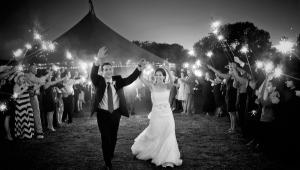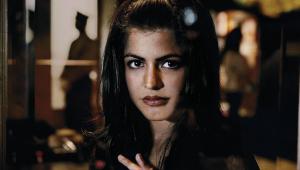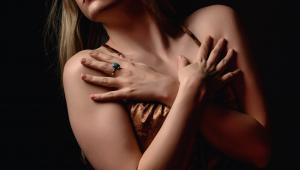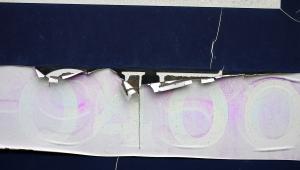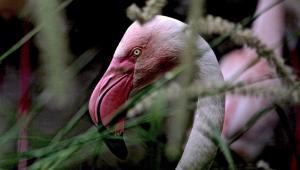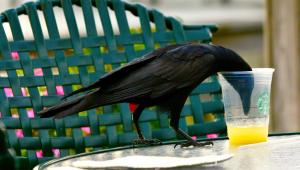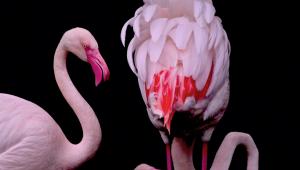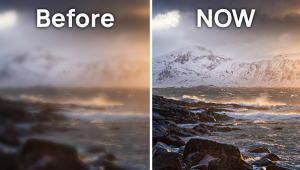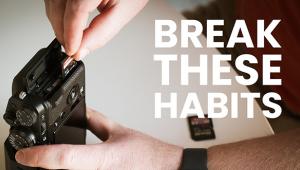Oh man I took Phil's very first digital photography class. As studious as we were back then we all walked in serious to the bone. Phil said "you all have an 'A' go take pictures now!" And guess what we all went and took pictures and then looked at them on a TV. It was great learning and a foreshadowing of things to come. This is like in 1989. Phil was open to it. To me I love the digital image making. And Phil if you read this here is some Pratt fashion students at Neiman Marcus in Dallas TX
Quiet Images; The Photography Of Philip Perkis Page 2
With all of the different issues that have been of interest to him, I asked him why digital imaging had not done so as well. “I’m a stubborn guy,” he says, “and I keep doing the same things. It’s my personality and there is still plenty to do in just black and white film with a small camera and a horizontal frame. When I wear out my Leica I get another one. My latest is the MP Leica since they no longer had parts for the M5 that I used for many years.
“The Leica was the only camera there was when I started and it’s a rangefinder so it’s quieter than a reflex and there’s less stuff—no mirror that flies up and down. I’m just looking at a line. It’s quick and unobtrusive and a beautiful machine, esthetically pleasing. I carry them around, bump into things, take them in the rain, I do sort of beat mine up but they really seem to last forever.”
Jaffa Gate, Jerusalem |
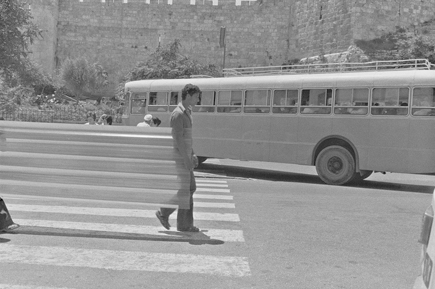 |
I asked Perkis what makes him stop and take his picture. “Something attracts me in a visceral way,” he says. “I don’t think about it much because it is not intellectual. It is purely visual.
“I take a lot of pictures and print very few. I probably now only print one picture out of 10 rolls. I have a light box and a magnifier in my darkroom and I just sit there and look. When I see something that attracts my eye I print it.
“Mostly I go along with André Kertész. He called it ‘The Blind Chicken School of Photography.’ (Even a blind chicken gets some grain.) So I just keep pecking away and eventually I get something.”
Perkis’ work is very personal, often mysterious. He does not work on projects and ideas. The style of the pictures is the way he sees and puts them together and they are uniquely his. “They are one person’s work,” he says.
This was my opportunity to ask him to interpret the cover image of his book. He explained that the silhouette was of his wife’s hand holding a dragon-like doll by the window of their van as they traveled at 50 miles per hour on the Brooklyn-Queens Expressway. (“Guess I can’t yell at people using their cell phone as they are driving anymore,” Perkis admits, “if I’m shooting pictures.”)
Ruby Jupiter, New York City |
 |
“Luck is a good part of photography. Talk to my friend Helen Levitt. She’s 94 years old and knows all about it. Luck means you have to be there when it happens. She says, ‘Be there with a camera.’
“When I look through my book I see a lot of luck,” Perkis says. “It’s funny but there is not only luck but collaboration with circumstances. I love trout fishing, which is luck. And I’m a pretty good poker player, too.
“We are so trained to look at a picture of a subject, but that is not the interesting thing about photography. You’re not interested in the apples in a Cézanne still life, are you?
“The illusion of photography is that you find something interesting and you take a picture of it and therefore it is an interesting picture. That’s not true,” he points out. “There’s a picture by Kertész of a fork resting on the edge of a plate and it is a masterpiece, but there’s nothing there. It’s the way it is seen, the beauty of the moment, the light, the composition and structure, the tonality and emotional quality of it. It’s everything, and that is the magic of photography!”
- Log in or register to post comments










